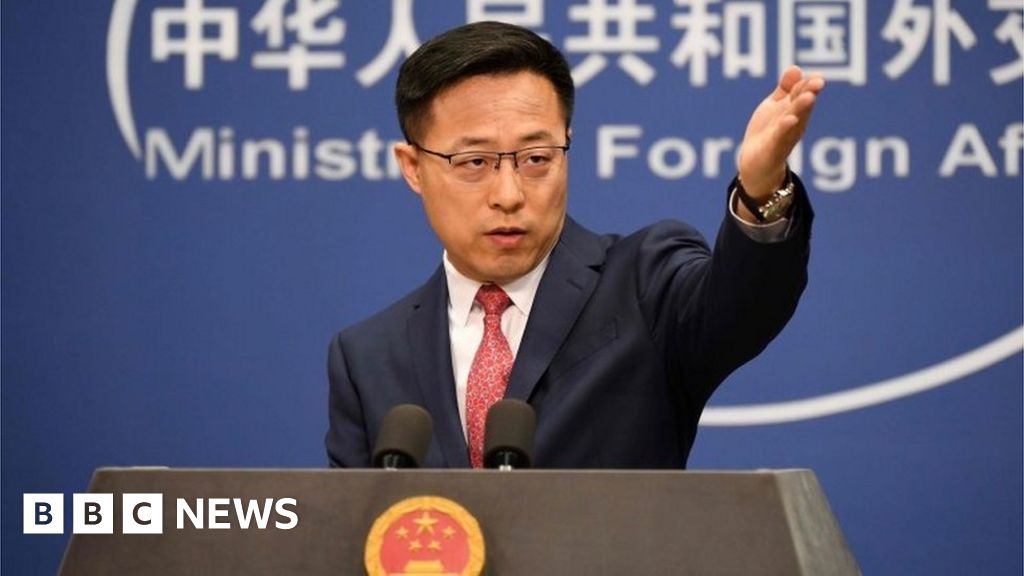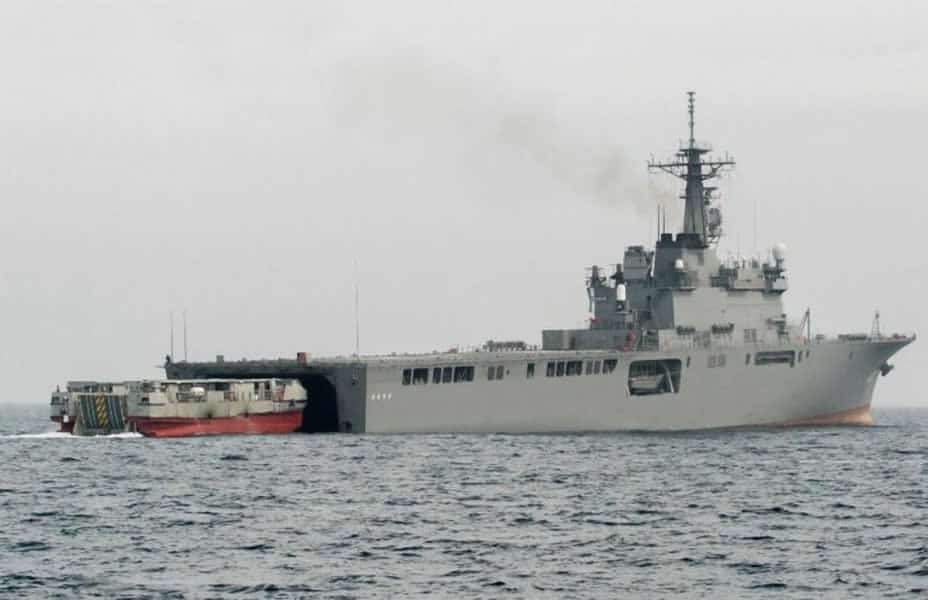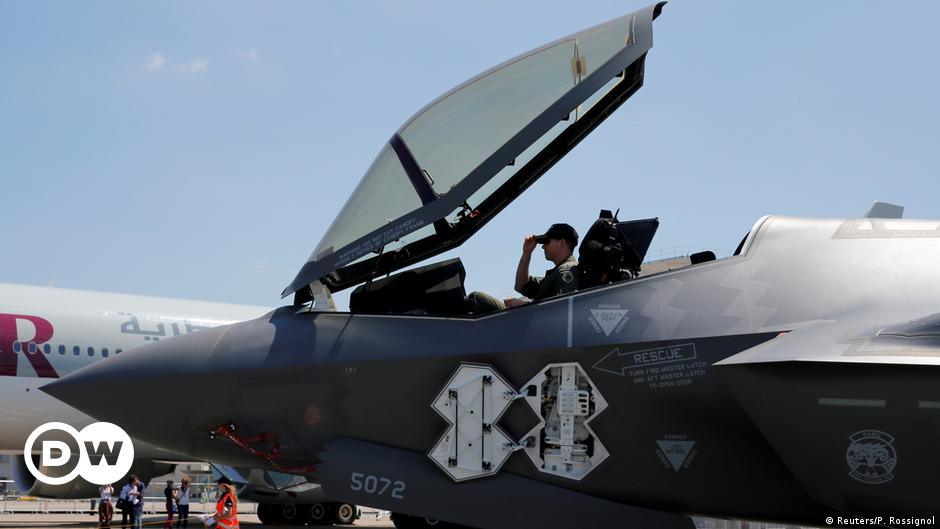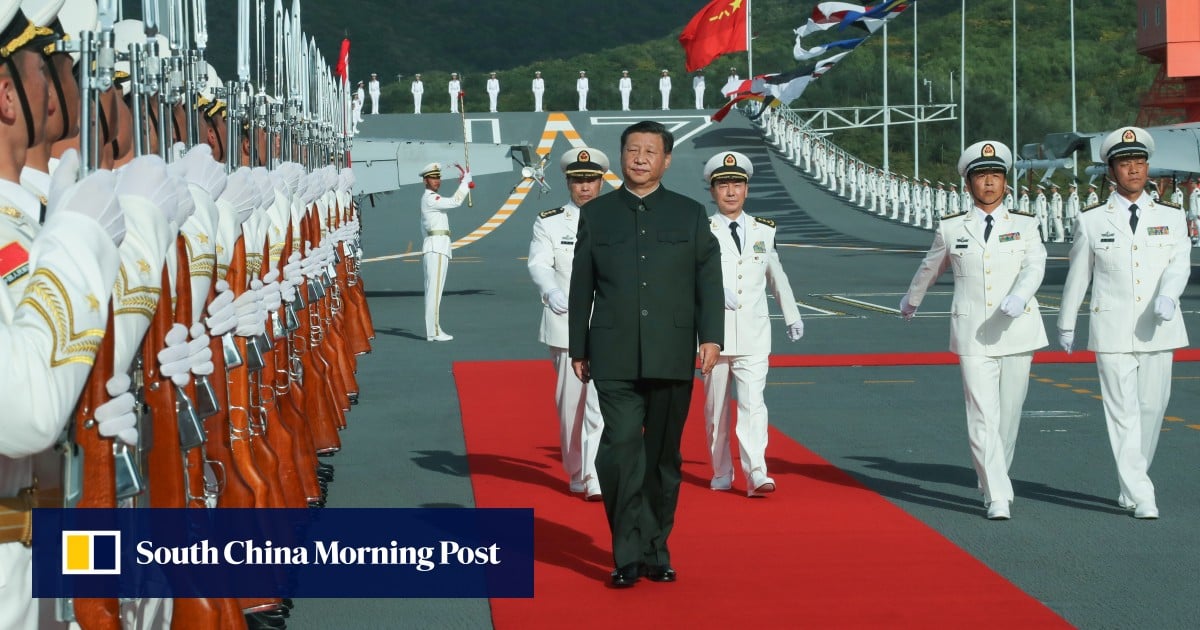PLA Doctrine — Part 1
1. China has a strong focus on modernising the PLA’s conventional war fighting capabilities and while reducing headcount (to spend more on new weapons).
(a) Part of the motivation for modernisation comes the PLA’s observation of US military performance at Operation Desert Storm (Iraq) in 1991; US involvement in the 1995–1996 Taiwan Strait Crisis; and US military intervention in Kosovo in 1999 (during which the US accidentally bombed the Chinese Embassy in Belgrade). This motivated Chinese leaders to invest considerable resources in the transformation of the PLA.
(b) There method in Chinese decision making to focus on conventional strike — due to their geo-political objectives of managing the near abroad, be it with Japan, Korea, Taiwan (in their view, a renegade Province) or India; and also protecting their SLOCs. The PLA(N) is resourced for breaking out of the island-chain construct. Even their missiles can be employed for that purpose. They have many, many more missiles than nuclear warheads — which will be used to attack enemy airbases, aircraft carriers, command ships, amphibious ships and even major surface combatants like cruisers.
2. China has deliberately not over built its nuclear capabilities. Most people don’t know that Beijing is restrained on building a nuke stockpile. Curiously, Beijing doesn’t talk much and it is to their credit. In contrast, Russia’s 6,800 nuclear warhead arsenal dwarfs China’s 350 warheads (~270 operational) for delivery by:
- 240 land-based missiles
- 20 gravity bombs
- 48 SLBMs
3. In its annual “China Military Power” report to Congress, the Pentagon said the modernization and expansion of China’s nuclear forces is part of a broader effort by Beijing to develop a more assertive position on the world stage and to match or surpass America’s 3,800 warheads by 2049 as the dominant power in the Asia-Pacific region.
4. “China’s nuclear forces will significantly evolve over the next decade as it modernizes, diversifies, and increases the number of its land-, sea-, and air-based nuclear delivery platforms,” the report said. “Over the next decade, China’s nuclear warhead stockpile — previously estimated to be in the low 200s — is projected to at least double in size as China expands and modernizes its nuclear forces.”
5. Currently, China keeps its nuclear warheads stored separately from its missiles and launchers and thus would need advance warning to get them ready for war. The Pentagon report said unspecified evidence emerged in 2019 indicating that China wants to keep at least a portion of its force on a higher state of alert known as “launch on warning,” meaning for example that its silo-based ICBMs would be armed in peacetime and ready for launch on short notice, which is the way the U.S. ICBM force operates.
6. China’s national defense and military reform under Xi Jinping consists of three elements:
(i) adjustment and reform concerning the composition of the military structure;
(ii) adjustment and reform concerning the military policy system; and
(iii) deepening of the integration between the military and civilian sectors.
(a) Element 6(i) consists of the rationalization of the CMC and the four general departments structure (General Staff Department, General Political Department, General Logistics Department, and General Armaments Department), strengthening the joint operation structure, adjusting the relative troop strength among the Ground Force, Navy, Air Force, and the Second Artillery Corps, and reducing the non-combat organizations and members of the PLA.
(b) Element 6(ii) refers to progress in the professionalization of the officer corps, improving the draft, officers, and veterans’ reemployment systems, and eliminating waste within the military.
(c) Element 6(iii) focuses on promoting military- civilian sector cooperation in equipment development, reforming national defense education, and adjusting and rationalizing the sea and air border patrol management structure.
(d) The media, both domestic and international, focused their attention on “adjustment and reform concerning the composition of the military structure,” particularly regarding what China would do by way of the organizational reform with the aim of strengthening the joint operation structure.
(e) China’s PLA reforms, announced in waves between the autumn of 2015, Feb 2016 and Nov 2020, created changes that exceeded the expectations of many observers, beginning with the abolition of the four general departments structure and the 7 military regions system (in favor of five theater commands) — as part of the 300,000 troop cuts part of efforts to streamline military into modern fighting force.
(f) The Nov 2020 new joint operations outline also codifies the shift from campaigns (战役) to operations (作战) as the unit of analysis for China's operational doctrine, indicating a more nimble and refined approach to the use of force.
(g) The promulgation of a high-level doctrinal document suggests that the PLA is consolidating the changes to improve joint operations that were part of the unprecedented reforms that began in late 2015. In fact, it likely signals confidence that the reforms have been successful.







